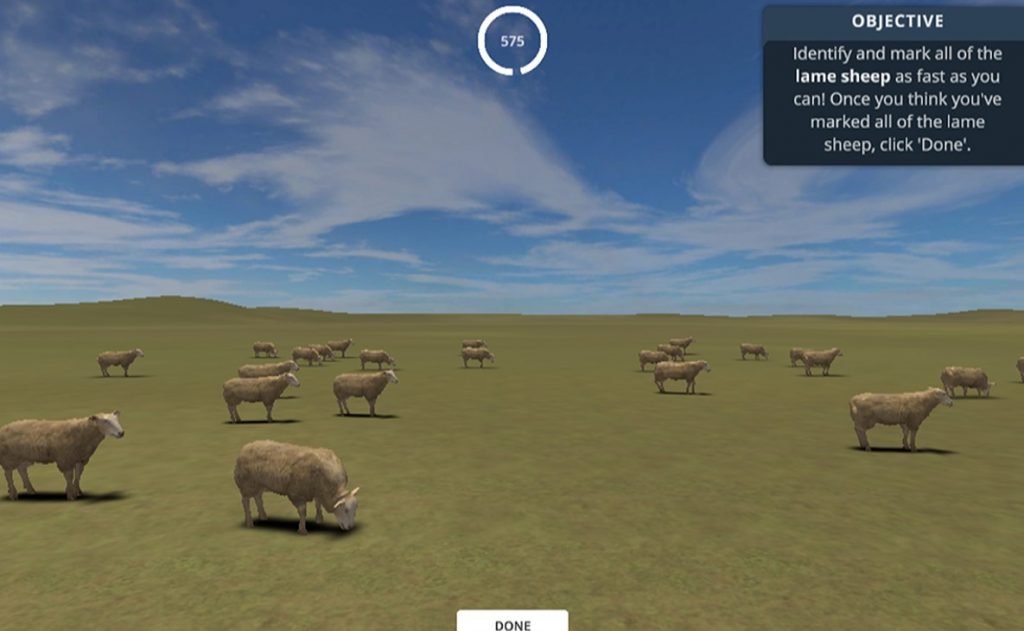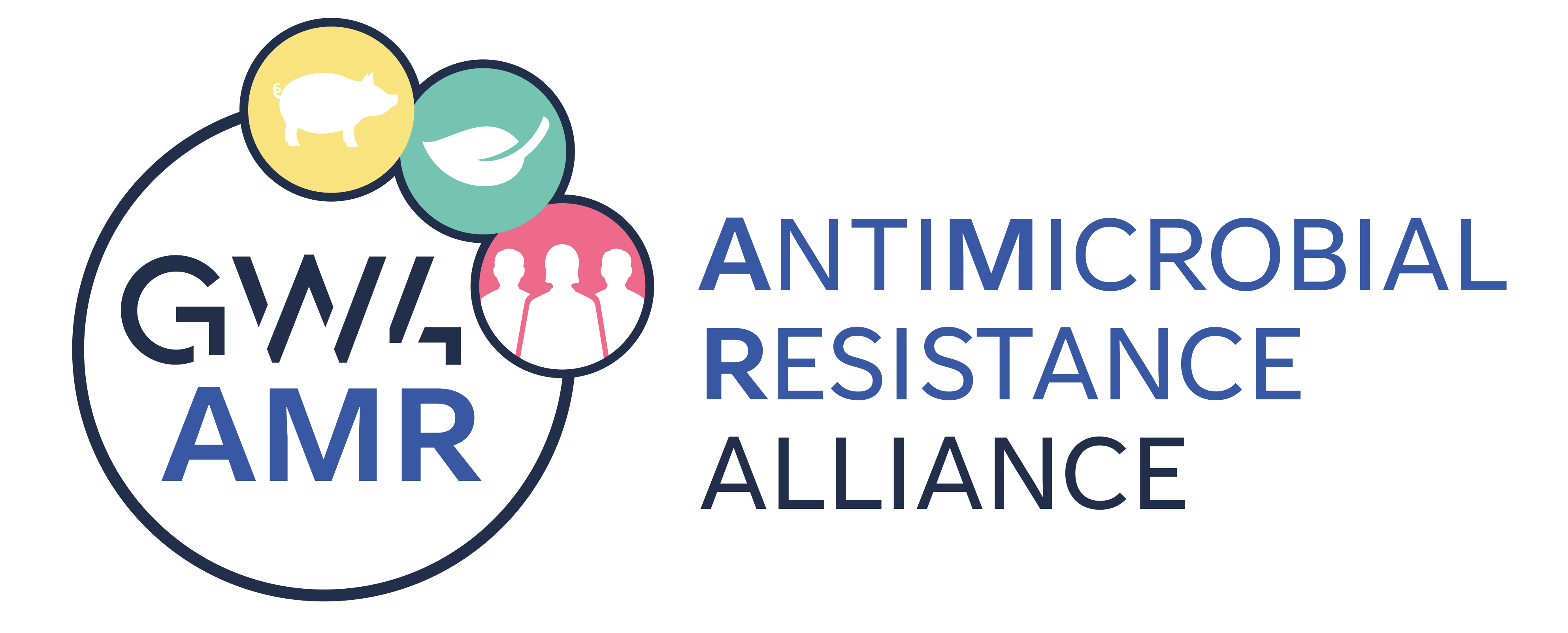GW4 RESEARCHERS USE SIMULATION GAMES TO HELP FARMERS RECOGNISE LAMENESS
Early identification of lameness in sheep can curb the use of antibiotic treatments, therefore reducing antimicrobial resistance in agriculture

Several GW4 AMR Alliance members who took part in GW4 Crucible 2020 cohort on ‘Interdisciplinary Approaches to AMR’ have published a paper on using simulation games for engaging sheep farmers about lameness recognition to help steward antibiotic use in sheep farming. Drs Matt Jones, Max Barnish, Aimee Murray (all University of Exeter), Robert Hughes (University of Bristol), and Nervo Xavier Verdezoto Días (Cardiff University) met through the Crucible programme, which brings together 30 early career researchers to develop and enhance their careers. Throughout the spring, three residential workshops are held (known as ‘labs’) which offer opportunities for networking and developing collaborative interdisciplinary research partnerships.
This new and cross-disciplinary team were awarded GW4 Seed funding to undertake a project on “Exploring antibiotic use practices in livestock production through a novel, game-based approach.” Principal Investigator, Dr Matt Jones, said, “the £5,000 GW4 Crucible Seed Funding grant we won for this project was integral to its success, and the project also developed our networks within the GW4 partnership and beyond!” This has been an exciting project which aims to tackle antimicrobial resistance (AMR) by reducing unnecessary use of antibiotics in farming, adding “Throughout the human-centred design process, the project gradually became more about stockpersonship – which farmers and vets emphasised to us was one of the key things underpinning antibiotic stewardship on the farm.” AMR poses a significant threat globally, with AMR estimated to result in up to 10 million deaths annually by 2050 (AMR Review 2016). Agriculture and food production are one of the 3 key economic sectors identified to help combat AMR, as antimicrobials are widely used in agriculture across the world to help treat sick animals, and as growth promoters in some countries (not in the UK or the EU where they were banned as growth promoters in animal feed in 2006). If farmers can recognise lameness in their livestock early, antibiotic use may be curbed by implementing other treatments promptly thus avoiding the use of antibiotics.
Lameness in sheep has multiple different causes, and effective treatment relies on the correct identification of the root cause. Treatment for lameness in sheep typically involves spraying topical antibiotics and in severe cases may involve antibiotic injections. Farmers may implement vaccination programs to control lameness, but it remains a common problem in the UK. Correct and early diagnosis of the cause of lameness in sheep can improve the chances of successful treatment. This latest publication aims to support farmers identify lameness early by using a computer simulation game as a learning tool. The simulation game challenges the player to identify all the lame sheep in a simulated flock. Researchers then evaluated the game’s potential as an educational tool to train farmers to recognise lameness in sheep.
This innovative approach to investigating antibiotic use practices exemplifies the GW4 values of collaboration and openness. Dr Matt Jones noted their “truly interdisciplinary study shows how the life sciences, engineering, social sciences and the humanities can be combined to begin to address ‘wicked problems’ like antimicrobial resistance.”
The full paper published in Frontiers in Veterinary Science can be read here: Exploring the potential of using simulation games for engaging with sheep farmers about lameness recognition .

